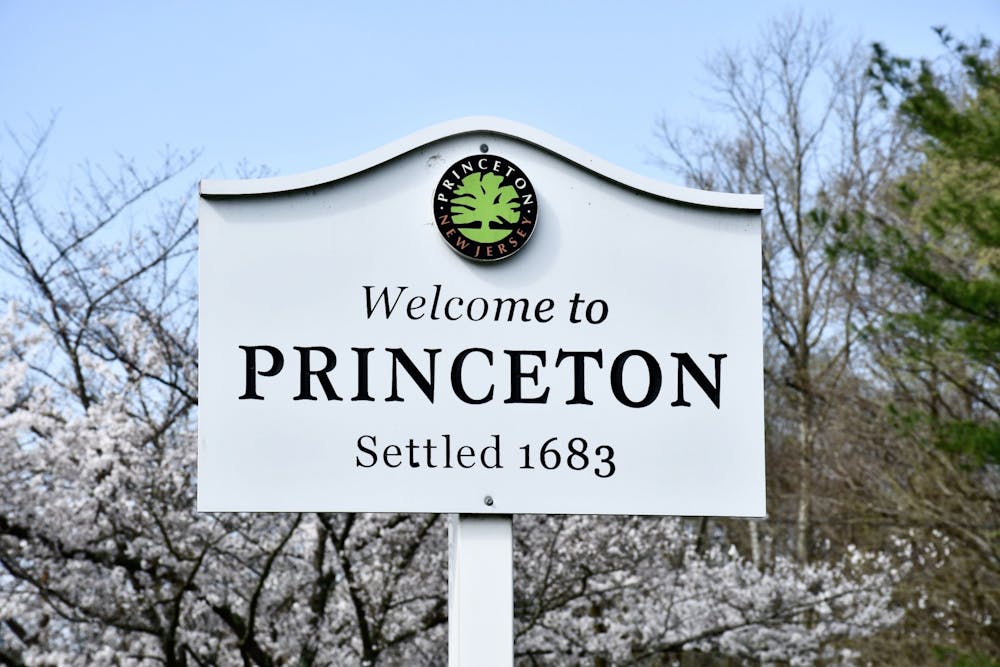When I went on an Orange Key Tour as a high school student, my tour guide enthusiastically declared that Princeton is only about an hour by train from Philadelphia and New York City. It was as though my tour guide was trying to compensate for Princeton’s location, for its suburban setting. After becoming a Princeton student, I have found that Princeton’s location is often viewed in a negative or ambiguous light by students themselves.
More specifically, Princeton’s comparatively isolated, suburban location is often blamed for the University’s Orange Bubble, which is notoriously hard to pop. But our peer institutions with urban campuses also suffer from campus bubbles. Students at Harvard and Yale complain about the Harvard Bubble and Yale Bubble respectively, despite their universities’ urban locations. Contemplating the root of the campus bubble led me to the conclusion that Princeton’s location is not the main factor producing the Orange Bubble phenomenon.
If not a university’s location, what causes campus bubbles? Campus bubbles are the product of the “fully engaging environment,” to borrow the words of Harvard student Marilynn Miguel, that universities create. The more resources that a university offers, the easier it is to forget about the outside world. Princeton fits that mold. The University’s vast resources create a fascinating microcosm within the four corners of its campus. Students can easily fill their days and weeks with on-campus activities, thus disengaging them from life outside the University.
Further, following the same logic, universities with less socioeconomic diversity — with a slant towards high-income students — are more prone to ‘campus bubbles.’ This is because students from high income brackets have greater resources available and are less likely to be personally impacted by certain circumstances — such as homelessness — that campus bubbles of well-endowed universities often make invisible, regardless of the university’s location. In short, Princeton’s comparatively isolated campus is not primarily responsible for some of its students’ psychological separation from major off-campus issues, from homelessness to gun violence.
Because many assume that Princeton’s location is to blame for the Orange Bubble phenomenon, ‘escaping’ the Orange Bubble is typically presented in terms of physically leaving our campus. For example, University-sponsored trips to Broadway have been offered as a corrective to the Orange Bubble. But does leaving campus really equate to escaping the Orange Bubble?
When scrutinized, the idea that simply venturing off-campus means escaping a campus bubble does not hold water. While seeing a Broadway show is certainly an enriching cultural experience, it will not necessarily inspire students to engage deeply with real-world issues. Off-campus recreation is not equivalent to genuine community engagement for students at suburban and urban universities alike.
So what do these observations amount to? First and foremost, the narrative surrounding campus bubbles must change. Venturing off campus should not be automatically equated to escaping a campus bubble. Secondly, these observations highlight the fact that the hustle and bustle of big cities does not guarantee that students studying at urban universities will escape their campus bubbles.
Students seeking to escape their campus bubbles can effectively do so in a variety of ways. For those who are able to venture off campus, they can form relationships with people in the community surrounding their university. Working an off-campus job instead of an on-campus one is a great way to build relationships and form community ties outside of the campus bubble. Additionally, regularly volunteering at the same organization is an important form of genuine community engagement.

For students for whom leaving campus poses a challenge, it is also possible to ‘escape’ one’s campus bubble while physically remaining on campus. Maintaining virtual connections with off-campus individuals reminds one of the world outside campus. For example, mentoring a high school student through the college application process via organizations such as Matriculate is an impactful way to make an off-campus difference.
In conclusion, urban and suburban universities alike suffer from the campus bubble phenomenon. Princeton University is special not because it is roughly halfway in between Philadelphia and New York, but because it is in Princeton — Orange Bubble and all.
Genrietta Churbanova is a sophomore from Little Rock, Ark. She can be reached at geaac@princeton.edu.









